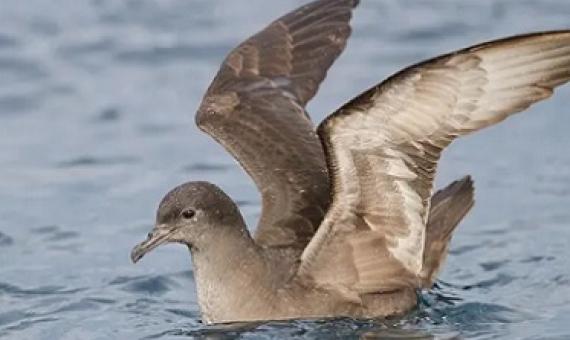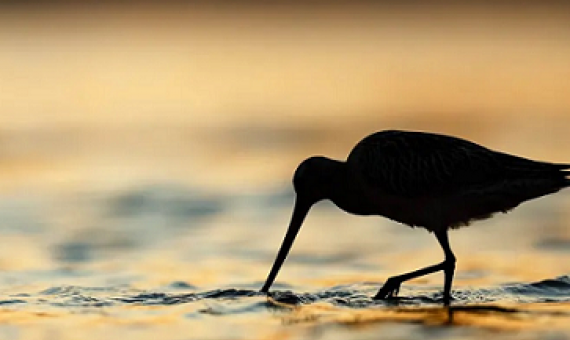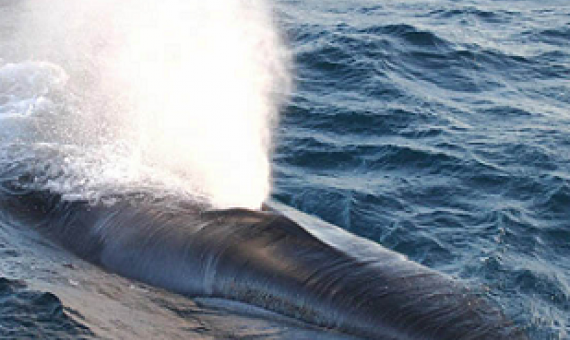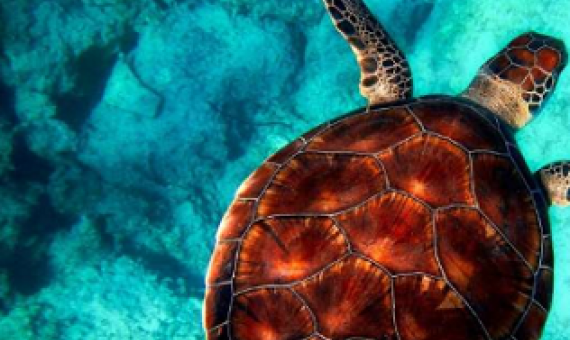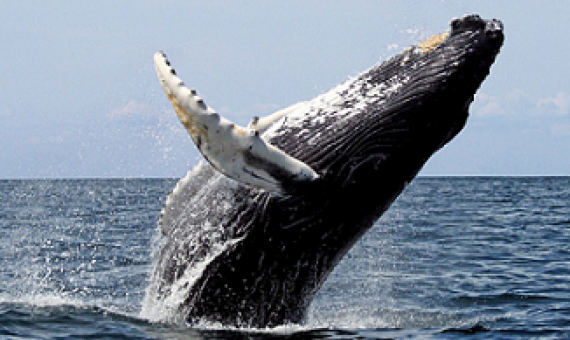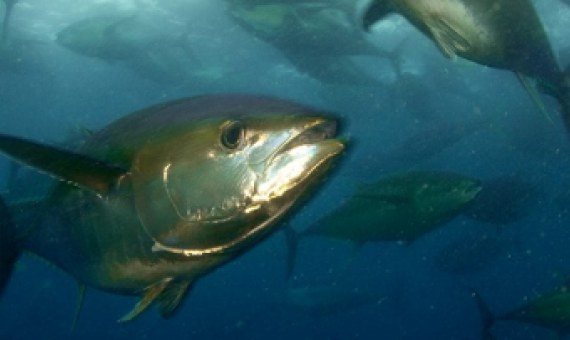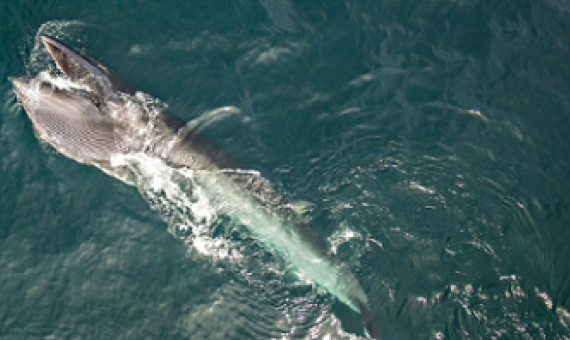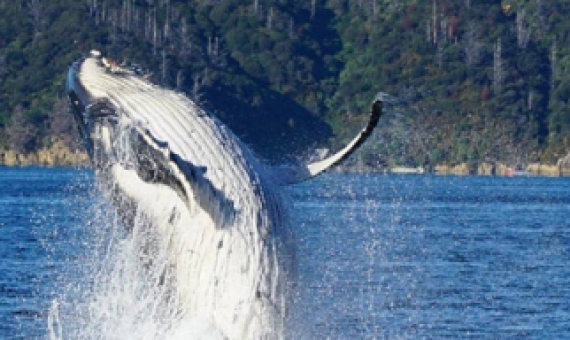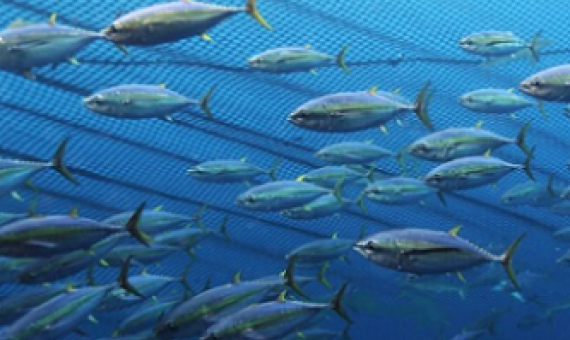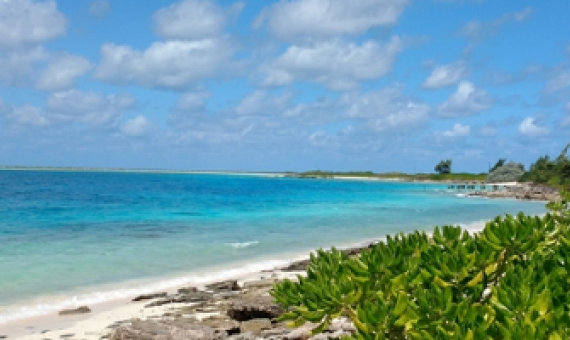Migratory short-tailed shearwaters are Australia’s most numerous seabird, but washed-up carcasses, late arrivals and low numbers have conservationists worried. The carcasses began to arrive in July.
Ultra-endurance athlete, aerodynamic wonder … and facing extinction. Why the bird who flies 30,000km a year needs Australia’s mudflats...For tens of thousands of years the eastern curlew has travelled on the east Asian-Australasian flyway to get here.
A new subspecies of fin whale, the second-largest species on Earth after the blue whale, has been discovered by scientists in the Pacific Ocean...The northern fin whale subspecies was previously believed to include populations in the North Atlantic and North Pacific oceans, but a recent genetic a
An online mapping and knowledge platform prototype could soon offer free and easily accessible information on the migratory patterns of endangered species in the ocean. The Migratory Connectivity in the Ocean (MiCO) system has been launched by The University of Queensland's Dr. Daniel Dunn.
On today’s episode of the Mongabay Newscast, we speak with Jim Darling, a marine biologist who is here to play us some recordings of remarkably similar humpback whale songs from around the world.
While Marine Protected Areas (MPAs) have been proven to protect certain spawning habitats and nurseries, their effectiveness for migratory species has been hard to gauge.
For years, Japan has killed about a hundred sei whales annually, claiming the hunts are for scientific research. Earlier this year, Japan announced that it had abandoned its sei whale hunts on the high seas. Link to full article below.
Amid concerns about tourist boats getting too close and scaring whales, tough questions are being asked about how the magnificent marine mammals are to be protected for the future. Link to full article below.
Climate change will cost Pacific island countries and territories about $60 million in lost tuna-related revenue by 2050, Johann Bell, senior director of Pacific tuna fisheries at Conservation International, reportedly told the Pacific Islands News Association.
Now researchers at MIT and the Woods Hole Oceanographic Institution have found evidence that tuna are spawning in the Phoenix Islands Protected Area (PIPA), one of the largest marine protected areas in the world, covering an area of the central Pacific as large as Argentina.

